As someone who has called Greece home for the past 20 years, let me take you on a journey into the fascinating Cycladic Art. I felt love at first sight when I discovered Cycladic sculptures. Their minimalism, beauty, elegance, and timeless contemporarism, despite being aged 3000 years or more, move me. I have to admit that these masterpieces remained relatively unknown to me until I embraced life in Greece. While classical art often steals the spotlight, I assure you that Cycladic Art is equally remarkable. So, let’s explore the captivating beauty of this lesser-known artistic treasure that transcends time and captivates our senses.
Picture this: a time long ago, around 3200 to 2000 BCE, when the Cycladic islands of Greece were buzzing with artistic talent. The Cycladic civilization, known for its iconic marble sculptures, left behind an extraordinary legacy that continues to captivate us to this day.
Now, when we think of ancient Greek sculpture, the first thing that often comes to mind is the magnificent statues of gods and goddesses. But the Cycladic sculptures had a different vibe altogether. They were more about celebrating human form and capturing the essence of everyday life.
One of the most striking features of Cycladic sculptures is their simplicity. These artists believed in the power of minimalism, focusing on clean lines and smooth surfaces. They skillfully carved white marble that is found in nature in the Cycladic Islands into abstract yet harmonious figures, typically representing female forms, commonly known as Cycladic idols.
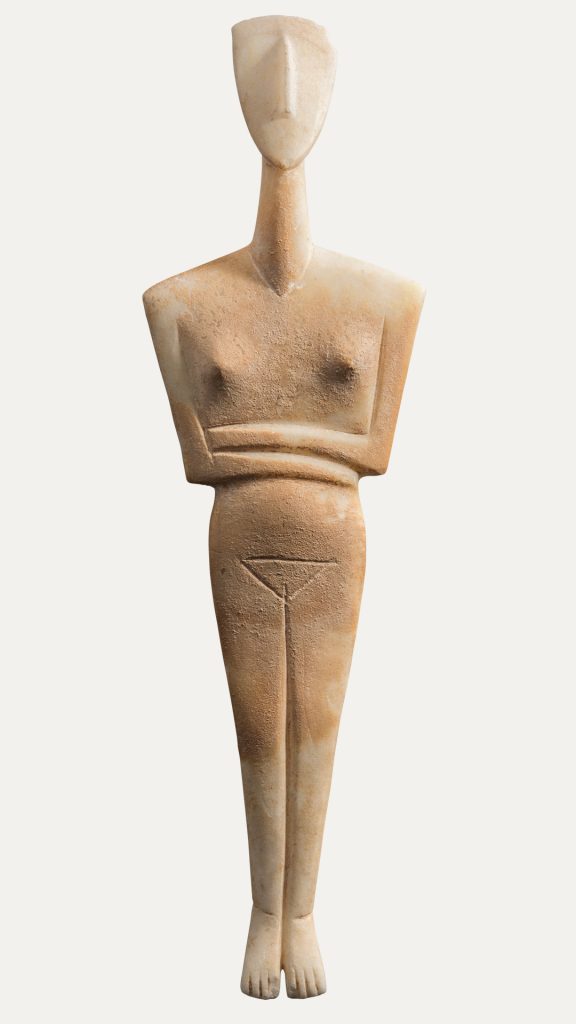
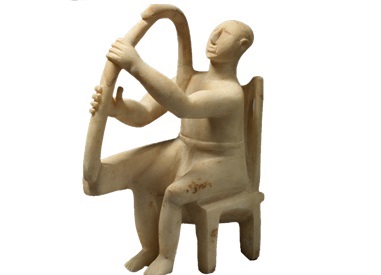
These women were often depicted in a reclining or folded-arm position, with their bodies elongated and their faces rendered as minimalistic triangles. It is believed that they may represent pregnant women that with their hands protect the life that they carry inside. The absence of facial features adds to the enigma and timelessness of these sculptures. It allows us to project our own emotions and interpretations onto these ancient masterpieces.
Sometimes they represented men too. Worths mentioning the little figurine of the sitting musician. It is a man sitting in a chair playing his instrument, the lyre. A deep legend goes that this man is playing for the people who are in the afterlife.
It’s worth noting that these sculptures weren’t created for grand public displays or religious ceremonies. Instead, they were primarily intended for personal use, often found in burial sites. Their purpose remains somewhat mysterious, with theories ranging from representing deities to serving as protective spirits for the deceased, accompanying him on the journey after dead.
They were sleeping, buried underground for centuries, waiting patiently for their rediscovery. The smoothness of the marble and the gentle curves of the figures have stood the test of time, testament to the craftsmanship and dedication of the ancient Cycladic artists.
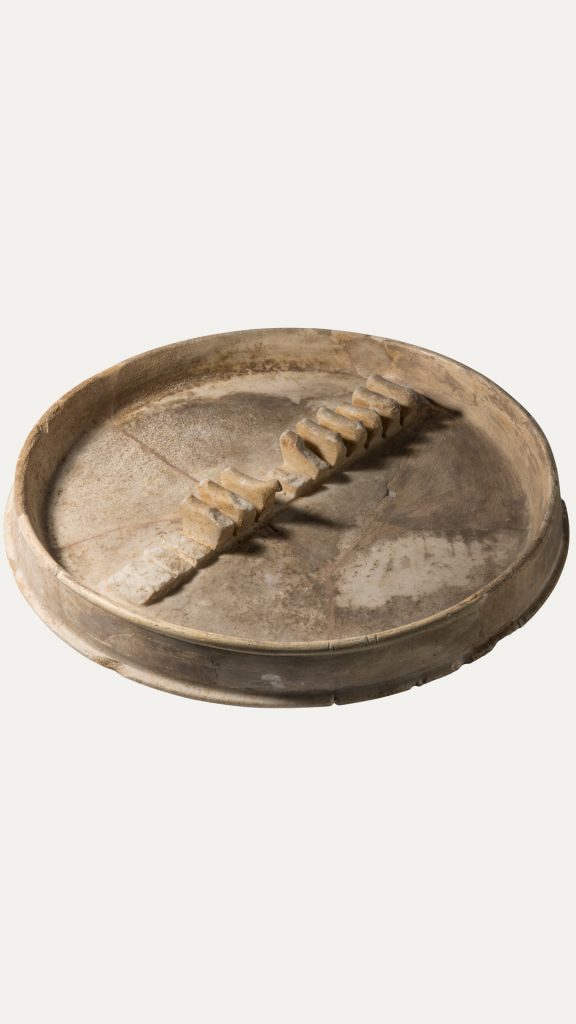
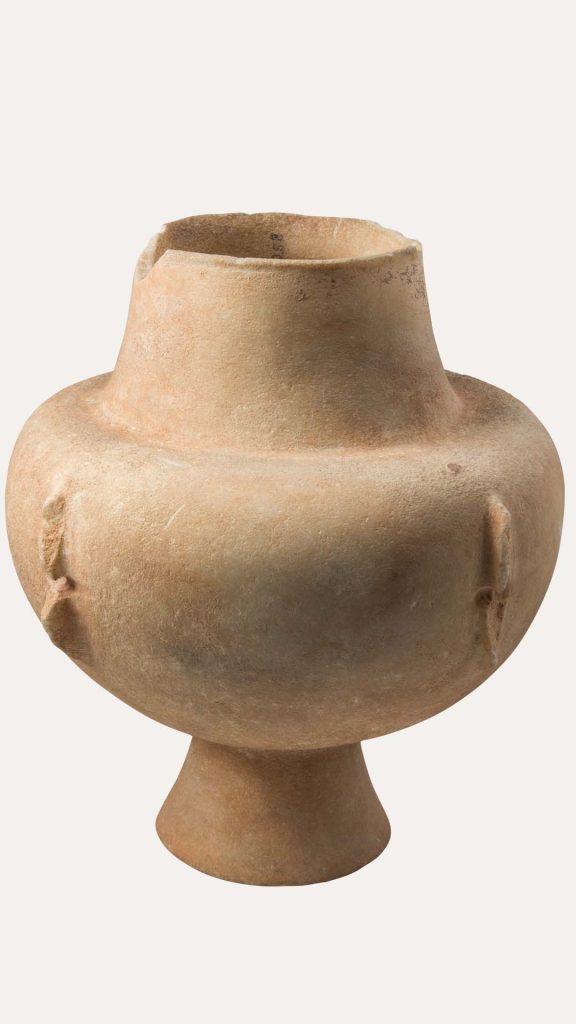
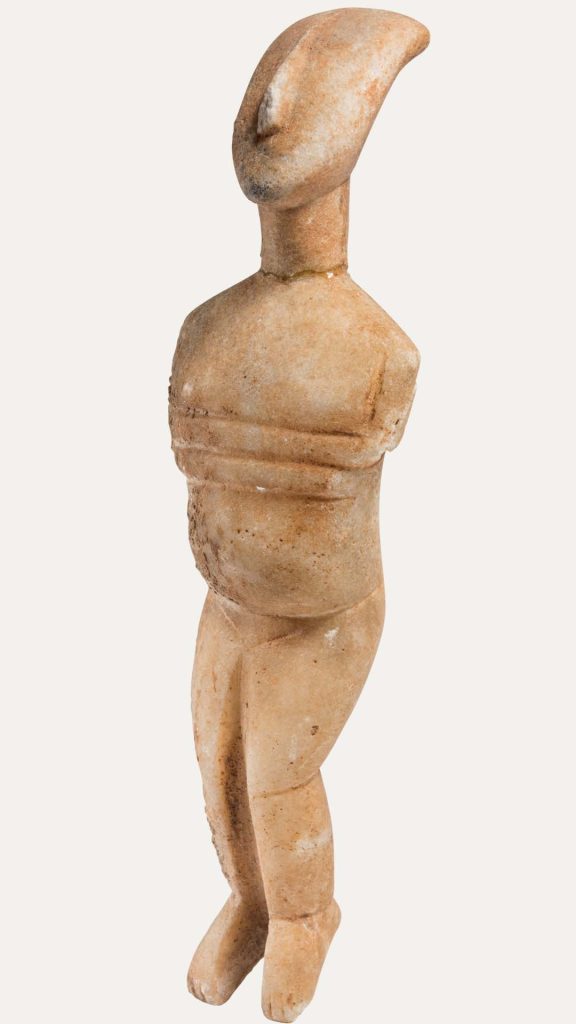
The beauty of Cycladic sculpture lies not only in its aesthetic appeal but also in the questions it poses. Who were these artists? What inspired them? How did they perceive beauty and the human form? While we may never know all the answers, we can continue to marvel at the ingenuity and artistic vision of these ancient creators.
If you ever get the chance to see these sculptures up close, don’t miss it. And then, take a moment to appreciate the artistic mastery and the stories they hold. Let their silent elegance transport you to a time when art flourished on the Cycladic islands, leaving an enduring mark on the artistic legacy of Greece and the world.
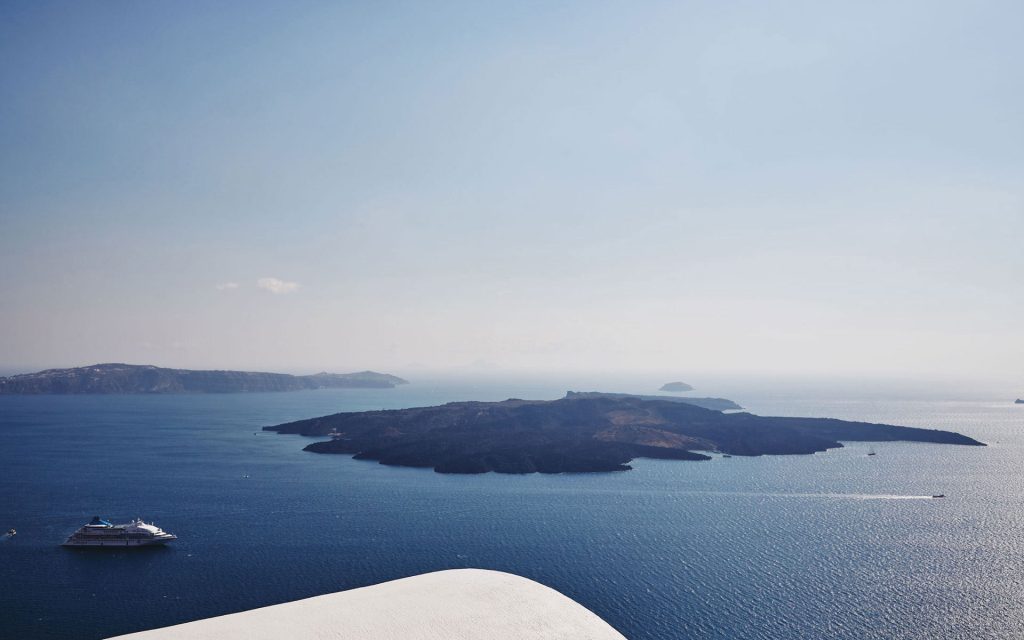
Let me tell you a story. I reside in Greece, and proudly displayed in my living room is an exquisite replica of a Cycladic Sculpture. Some time ago, my dear friend Antonio from Spain paid us a visit. When I returned home from work, he couldn’t contain his admiration, exclaiming, “Wow, Ana! What a stunning sculpture! I was sipping my morning coffee, marveling at its minimalistic and slender beauty. It’s such a shame it’s broken. Did it accidentally topple over?” You can only imagine his astonishment when I revealed that it was actually an exact copy of an ancient Greek artisan’s creation, crafted thousands of years ago! Needless to say, Antonio promptly paid a well-deserved homage to the Cycladic Museum, eager to explore more of these mesmerizing ancient sculptures. He also has his own replica at his home in Madrid too!
